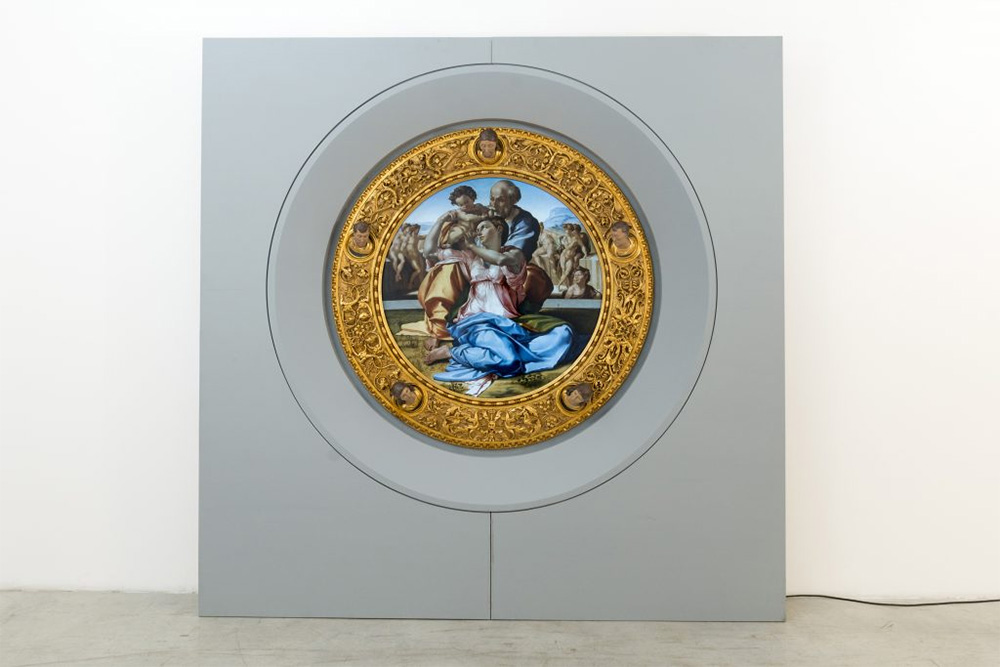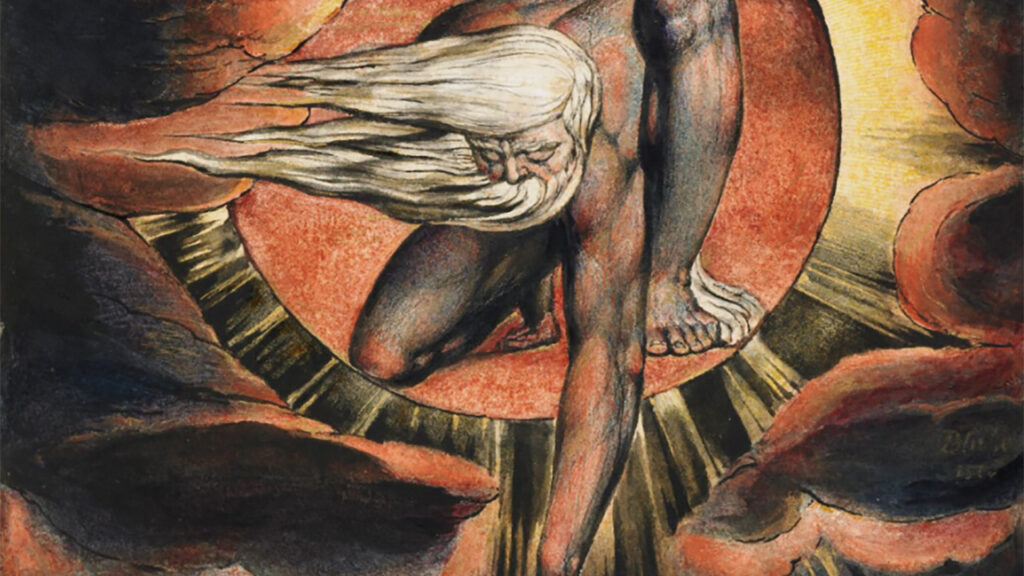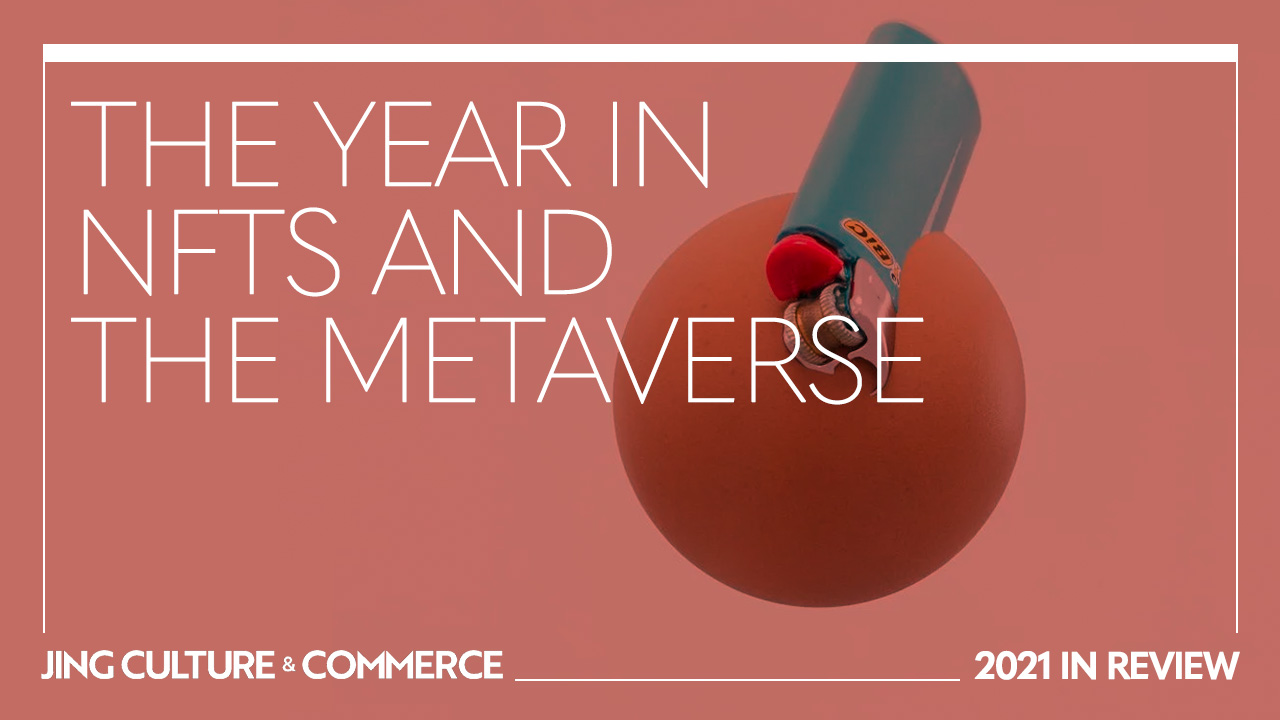Jing Culture & Commerce’s Year in Review series revisits how the museum and cultural sectors innovated in 2021 through digital activations, tech-centered projects, and collaborative outings, while spotlighting the key trends that fueled these transformations. Find more of our year-end coverage here.
For more on how crypto art is reshaping the cultural sector, sign up for the Jing Culture & Crypto newsletter, your monthly guide to NFT art and commerce.
Unsurprisingly, in a year that saw terms like “non-fungible token” and “metaverse” enter mainstream cultural parlance, what led our most popular pages, across categories, was this: NFTs And Cultural Institutions. Our May report explored the intersection of the crypto art space and the cultural establishment, advancing how the NFT ecosystem could play a role in museums’ curatorial and fundraising efforts.
We didn’t have to wait long for that to happen. In the following months, institutions from UCCA to the ICA Miami embarked on NFT projects, a growing number of cultural organizations welcomed cryptocurrency, and the metaverse came into view as a potential virtual platform for museums (looking at you, State Hermitage Museum). But NFTs have really only glanced the surface of the cultural sector; whether as a medium or framework, their potential to transform museums’ programs, visitor experience, and art commence has yet to be fully tapped.
Next year, we’re set to see NFTs further their reach into the cultural industry, but for now, we revisit Jing Culture & Commerce’s coverage of how the arrival of a $22 billion market impacted the arts sector in 2021.
NFTs and museums

Michelangelo’s “Doni Tondo,” which the Uffizi Gallery tokenized and sold as a NFT in May. Image: Artnet
A healthy dose of skepticism greeted NFTs’ emergence on the cultural landscape as institutions, being cultural gatekeepers, were naturally cautious when it came to engaging with the medium. Instead, it fell to galleries to lead NFT adoption: Kate Vass Galerie already had a robust relationship with the crypto art realm, but Pace Gallery and Almine Rech swiftly set about releasing NFTs in the early part of the year. But also, in March, UCCA Lab unveiled its first-ever NFT exhibition, Virtual Niche: Have You Ever Seen Memes in the Mirror?, offering an early view into how digital art could potentially be curated, exhibited, and sold onsite.
Since then, Western institutions have entered the crypto conversation. The Los Angeles County Museum of Art and MCA Denver initiated dialogues around NFTs; the ICA Miami acquired an NFT; while the British Museum and the Mucha Foundation executed drops in partnership with emerging marketplaces. Adjacent to all that, cultural venues including the Children’s Museum In Oak Lawn and the Museum of Chinese in America also began welcoming cryptocurrency at admissions or as donations.

Tencent and Dunhuang Research Institute’s first collectible “Digital Sponsor” NFTs were limited to an edition of 9,999. Image: Traveling in Dunhuang WeChat Mini Program
Most interestingly, museums are finding fresh ways to form relationships between physical works and digital collectibles — from the National Museums Liverpool’s Crypto Connections platform to the Dunhuang Research Institute’s NFTs that commemorate the region’s cultural heritage. Similarly, the National Art Museum of Ukraine is framing its upcoming NFT collection, created with an assist from Stampsdaq, as a platform to showcase the country’s art: “It’s more important to spread information about our collection and Ukrainian art in general. Although, of course, any profit would be a nice bonus.”

“I think NFTs have the potential to unlock a different kind of discourse around museums and collections,” says Alistair Hudson, Director of the Whitworth Art Gallery. Image: William Blake, Europe Plate i: Frontispiece, “The Ancient of Days,” c.1827. Gift from John Edward Taylor, 1892. The Whitworth, The University of Manchester.
Special mention: The Whitworth Gallery and Vastari Lab’s collaborative The Ancient of Days NFT, which used multispectral imaging to differentiate the digital edition from William Blake’s original work.
Our most popular articles on NFTs and museums:
1. Unearthing A Virtual Niche: Inside UCCA Lab’s NFT Exhibition
2. NFT Platform LaCollection Launches With A Partnership With The British Museum
3. ICA Miami Acquires A CryptoPunk, Its First-Ever NFT
NFT art everywhere

In the past year, Chinese tech giants have ventured into the NFT realm, tapping and fueling the popularity of virtual assets in China. Image: One of Huang Heshan’s TOORICH (秃力富) NFTs, which sold out in two days at the Taobao Maker Festival / hhs.art
Of course, even without museum participation, the NFT art space flourished with fresh drops, new marketplaces, partnerships, and initiatives. We covered collaborations between the Crypt Gallery and Dream Hotel and Bulgari and Refik Anadol, but as well, the arrival of 3D NFTs on Foundation and the growing popularity of NFT avatars via Bored Apes. We also tackled the copyright issue when it comes to digital art and naturally, the environmental sustainability of NFTs.
Over in China, NFTs have had a similarly upward trajectory. Following UCCA Lab’s crypto art exhibition, Chinese tech players including Baidu, Tencent, and Alibaba have engaged with the NFT space, whether through projects featuring NFTs or by launching their own marketplaces. Chengdu has even played host to the first-ever 24-hour NFT gallery, spearheaded by Openlake. “[The] NFT presents a possibility for creators to distribute work through smart contracts and directly establish contact with users,” noted Alex Yang, the platform’s co-founder. “This is a great boon for the creators in China.”
In December, as part of Jing Culture & Commerce’s ongoing coverage of the NFT space, we launched Jing Culture & Crypto, a newsletter exploring what’s new and next in crypto art and commerce. Sign up now for essential updates directly in your inbox!

CloneX by RTFKT Studios offered 20,000 NFT avatars featuring a random yet unique combination of traits and designs created by Takashi Murakami. Images: RTFKT Studios
Special mention: RTFKT Studios’ Clone X, the collective’s first NFT avatar project that built on its virtual fashion credentials and a creative partnership with pop artist Takashi Murakami.
Our most popular articles on the NFT art space:
1. Sotheby’s Gets In On The Latest In NFT Collectibles: Bored Apes
2. Do NFTs Have An Environmentally Sustainable Future?
3. In Partnership With The Crypt Gallery, Dream Hotels Welcome A New Guest: NFTs
Into the metaverse
Thanks (or no thanks) to Facebook, the metaverse has entered into mainstream view. Certainly, the virtual environment is not unfamiliar to Fortnite players or VR creators, but the emergence of the metaverse signals a shift in how we participate in these spaces, and what they offer as a virtual ecosystem and economy. And as Benoît Couty, founder of the Museum of Crypto Art, told us, we could potentially traverse the metaverse, across platforms, with our avatars and wallets “seamlessly.” “You can have your place in the metaverse,” he added, “just like you have your place in real life.”
The metaverse is already seeing its share of cultural players, including Kate Vass Galerie on Somnium Space and König Galerie on Decentraland. In November, Art Gate VR launched an art fair in the metaverse, while AI art collective Obvious unveiled its debut exhibition at the Museum of Crypto Art. Of the metaverse’s potential, the collective’s Gauthier Vernier said, “We were able to design an exhibition that we couldn’t design in the real world. We really like the parallel between the metaverse and the physical space, and being able to kind of conquer both lands at the same time.”

EBIT’s multi-sensory Yellow Trip Road roped in collaborators like THE DEMATERIALISED to raise awareness around mental health. Image: AnamXR
Special mention: EBIT’s first XR experience, Yellow Trip Road, featuring collaborators AnamXR and THE DEMATERIALISED, which combined fashion, music, and art elements for a purpose-driven outing.
Our most popular articles on the NFT art space:
1. Welcome To The Next NFT Frontier: Virtual Worlds
2. Sotheby’s Debuts NFT Exhibition IRL And, Of Course, In The Metaverse
3. Art Gate International Unveils The Future Of Art Fairs — And It’s Virtual




